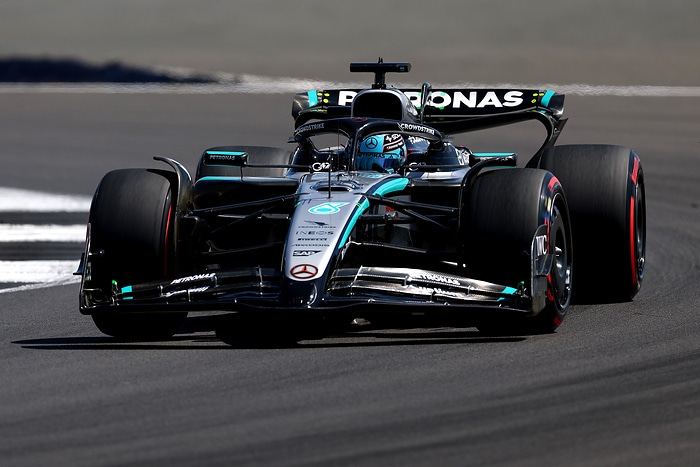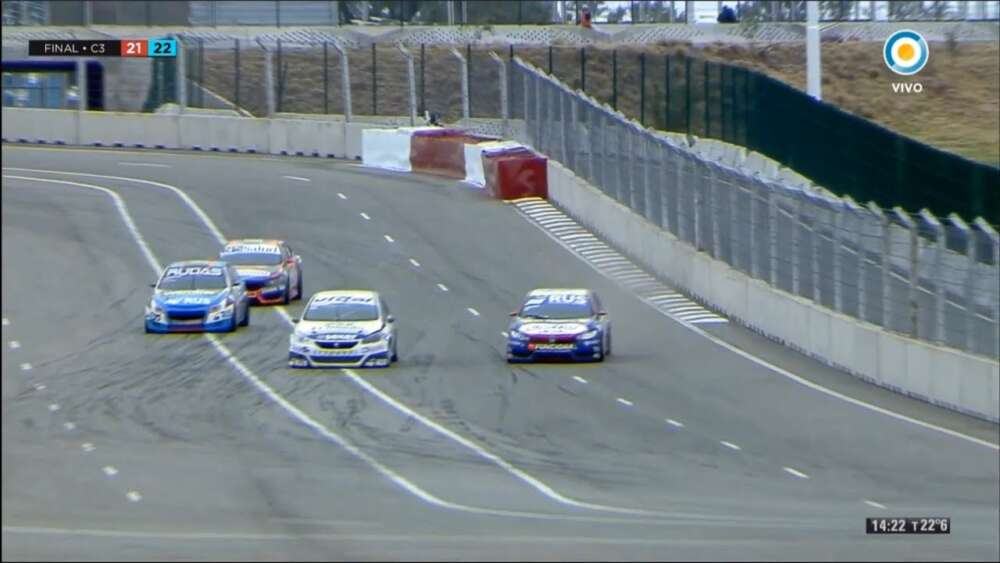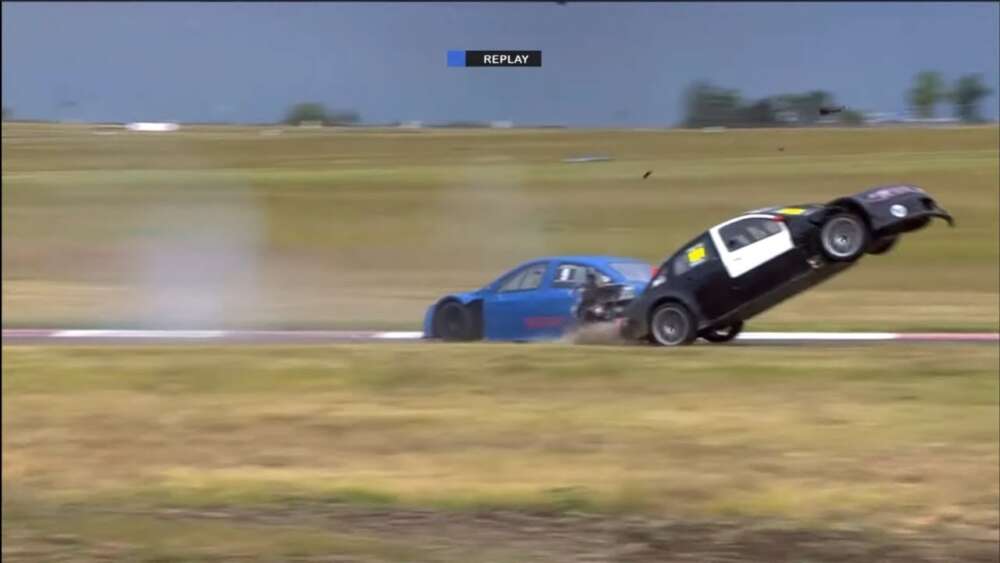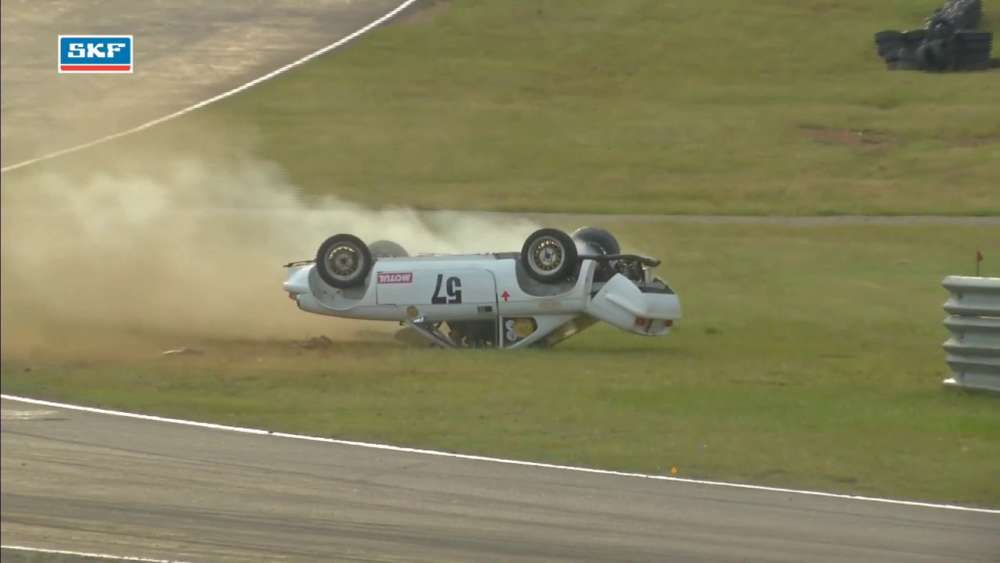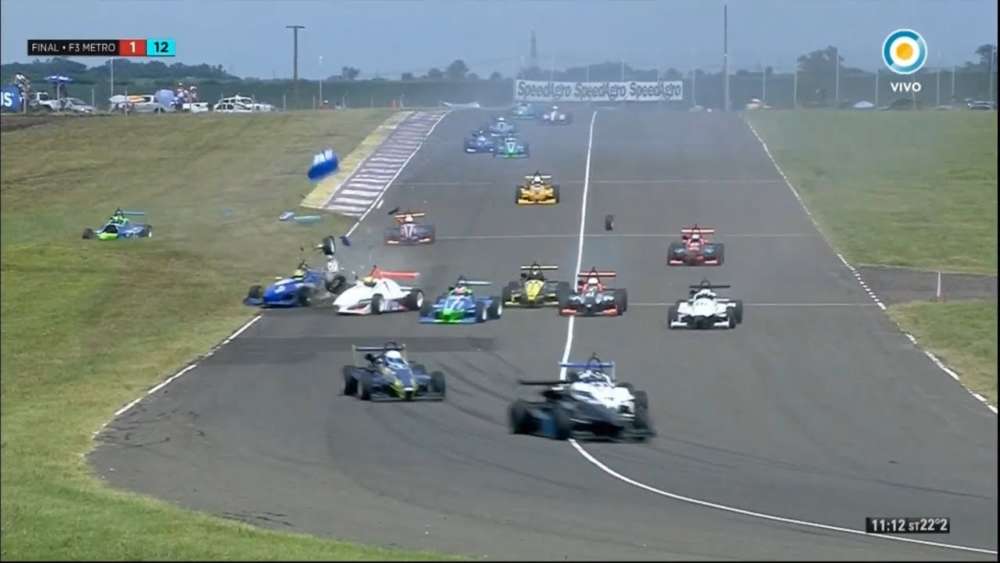IMS co-founder Fisher inducted into Motorsports Hall of Fame of America

By
IMS.com
| Published:
Mar 14, 2018
Carl G. Fisher, one of the founders and the visionary behind the construction of the Indianapolis Motor Speedway, was inducted into the Motorsports Hall of Fame of America during ceremonies Tuesday night in Daytona Beach, Florida.
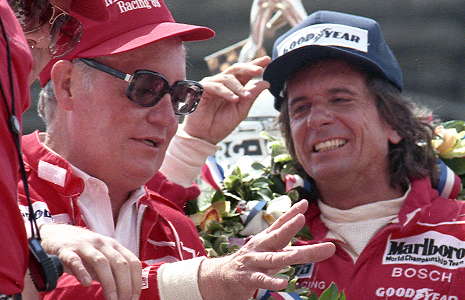 IMS President J. Douglas Boles gave the induction speech for Fisher, who was enshrined in the Class of 2018 with NASCAR great Jeff Gordon, three-time Indianapolis 500-winning team owner U.E. “Pat” Patrick (shown at left after his 1989 win with driver Emerson Fittipaldi), aviation pioneer Howard Hughes, drag racing car builder John Buttera, motorcycle racer Fred Merkel and sports car racer Bob Tullius.
IMS President J. Douglas Boles gave the induction speech for Fisher, who was enshrined in the Class of 2018 with NASCAR great Jeff Gordon, three-time Indianapolis 500-winning team owner U.E. “Pat” Patrick (shown at left after his 1989 win with driver Emerson Fittipaldi), aviation pioneer Howard Hughes, drag racing car builder John Buttera, motorcycle racer Fred Merkel and sports car racer Bob Tullius.
Fisher’s legacy in IMS history is immense: Without him, the facility would not exist.
IMS was built in the spring of 1909, the product of a creative vision of Fisher and his three partners in the venture, James Allison, Arthur Newby and Frank Wheeler.
The track’s original purpose was to serve as a common testing facility for the rapidly growing local automobile industry. With dozens of companies like Marmon, Cole, National, Marion, Overland and American Underslung operating in and around the city limits – Stutz and Duesenberg would come later – Indianapolis had by 1908 risen to fourth in the country in terms of numbers of automobiles produced. By 1913, it would rank second.
Indiana roads were generally not yet developed, and automotive technology had increased so rapidly that many passenger vehicles had become capable of greater speeds than any dirt road would permit.
Recognizing that something far more substantial was needed for testing purposes, local businessmen Fisher, Allison, Newby and Wheeler joined forces to build a huge “motor parkway” on which long straightaways and gradual turns would permit any automobile to be stretched to its fullest extent. In addition to private testing, they also thought occasional automobile racing events in which the entrants were the manufacturers would give the general public an opportunity to witness competition by stripped-down versions of the same vehicles one could purchase from the showrooms for personal transportation.
The founding partnership was spearheaded by Fisher, a Greensburg, Indiana, native who would eventually develop Miami Beach from swamplands into an exotic resort area. Later, he would form the Lincoln Highway Commission, which built the first drivable highway across the United States.
Fisher’s partners in the track project were Newby, head of the prestigious National Motor Vehicle Company; Wheeler, of the Wheeler-Schebler Carburetor firm; and Allison, who six years later started the operation destined to become the massive Allison Engineering Company.
While IMS was built in 1909, Fisher’s vision of such a facility was outlined to the general public as early as November 1906 in an issue of “Motor Age” magazine. A detailed letter that he wrote appeared in the magazine, describing the advantages of a circular track of 3 or 5 miles over the traditional 1-mile fairgrounds ovals of the time.
In autumn 1908, Fisher and his friend Lem Trotter drove from Indianapolis to Dayton, Ohio, in an automobile. It was a tough trip, as the rough roads required numerous stops to repair punctured tires. Frustrated, Fisher insisted that his proposed track would help solve the problems of low-quality tires and automobiles.
A day or two later, Trotter and Fisher went for another automobile ride from Indianapolis, this time about 5 miles northwest of the city into the countryside. They arrived at the corner of the Crawfordsville Pike and a little cart track that eventually became Georgetown Road and saw four adjoining 80-acre tracts that were for sale.
The outgoing Fisher then convinced the flamboyant Wheeler and more reserved Allison and Newby to become his partners in the purchase of the land. The land was purchased in December 1908, with the Indianapolis Motor Speedway Company officially formed March 20, 1909.
Fisher originally wanted the track to be a 5-mile oval, but his plan was modified to feature a 3-mile, rectangular-shaped oval, with a 2-mile road course inside that, when linked to the oval, would create a 5-mile lap. New York civil engineer P.T. Andrews, who was hired to oversee the project, said a 3-mile outer track was possible on the available land but that the outside of the straightaways would be so close to the edges of the property that there would be no room for grandstands.
Andrews suggested an outer track of 2.5 miles would fit perfectly. The road course section was abandoned soon after grading began at the site in March 1909, leaving the 2.5 miles that became IMS, “The Greatest Race Course in the World.”
Fisher sold his interest in IMS to American World War I flying ace Eddie Rickenbacker in 1927. Rickenbacker owned the track until November 1945, when Terre Haute, Indiana, businessman Tony Hulman purchased the track. The Hulman-George family still owns the facility today.
Source: https://www.indycar.com

